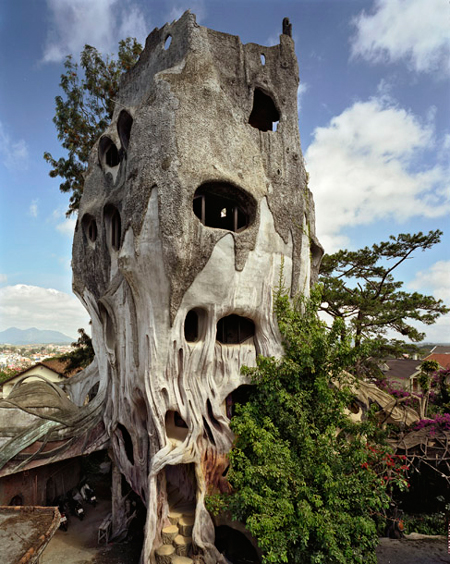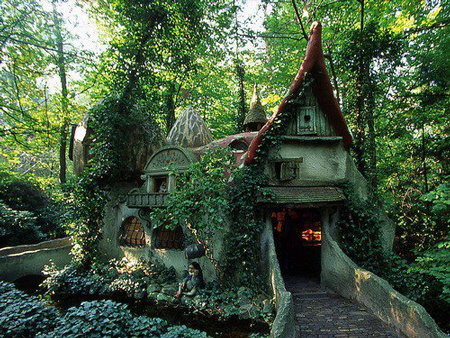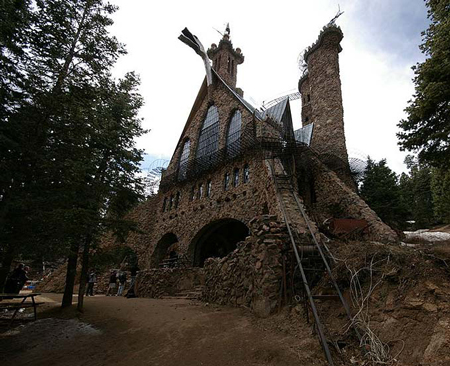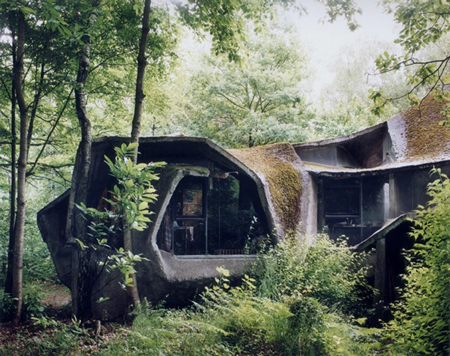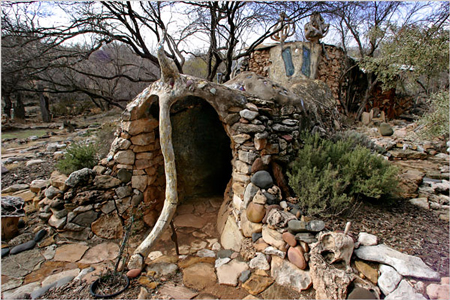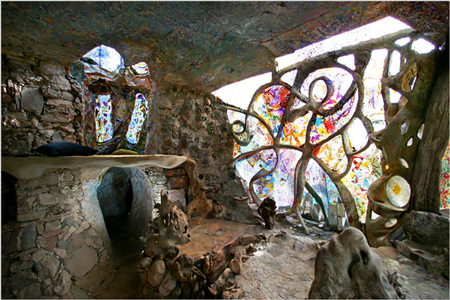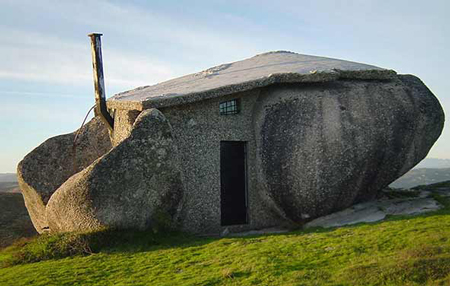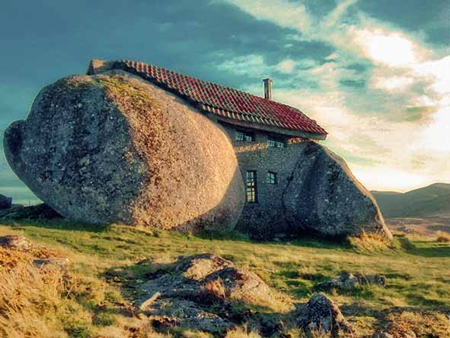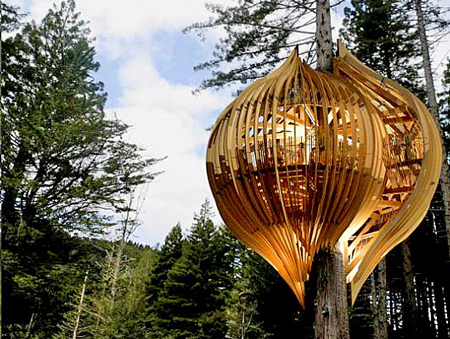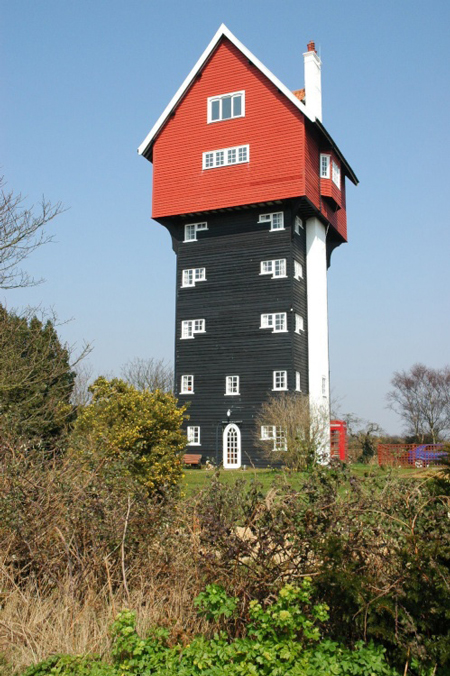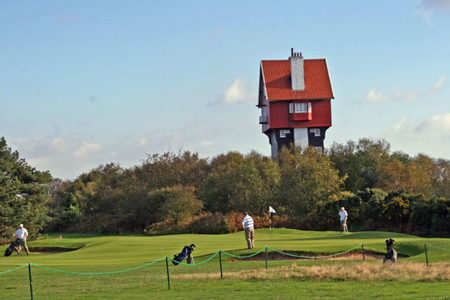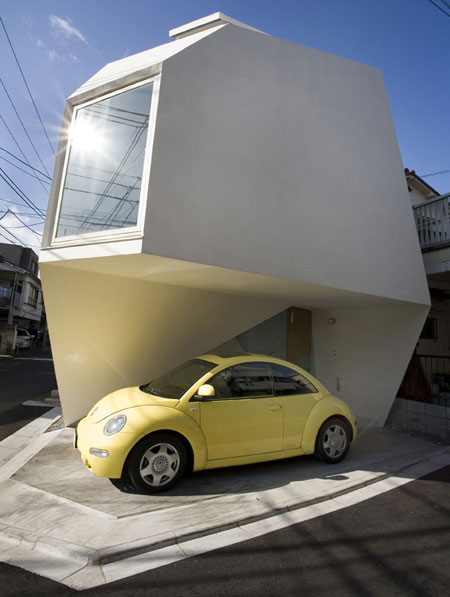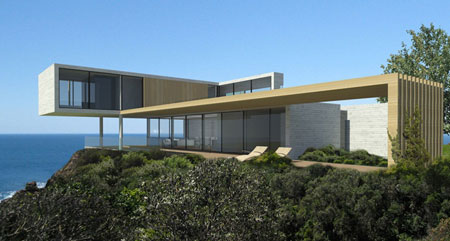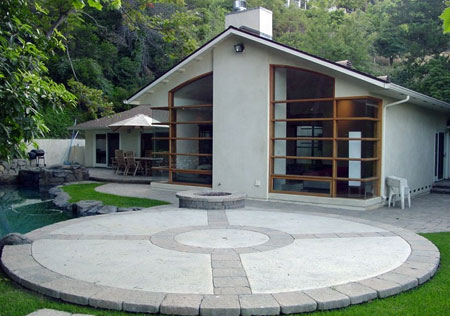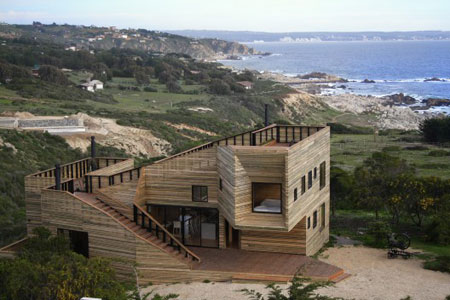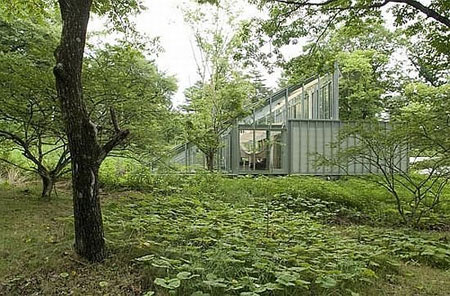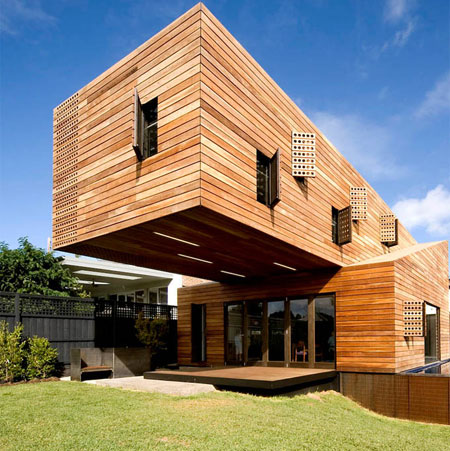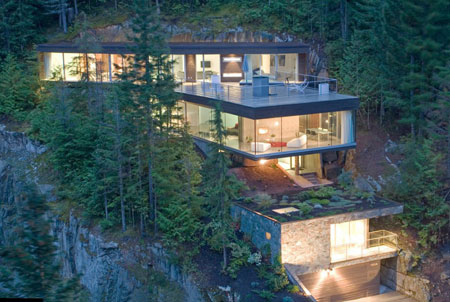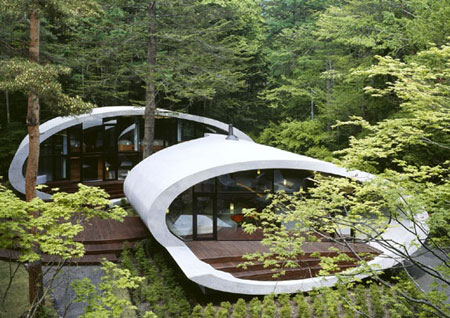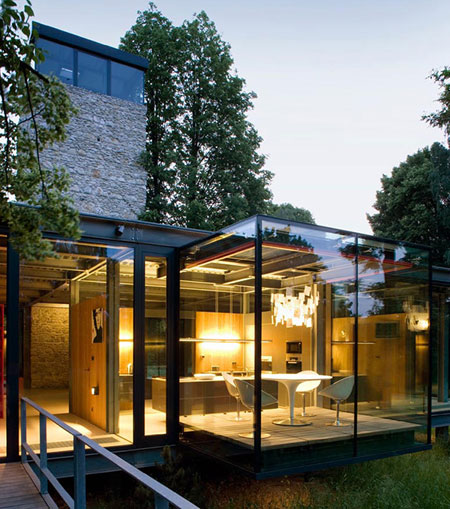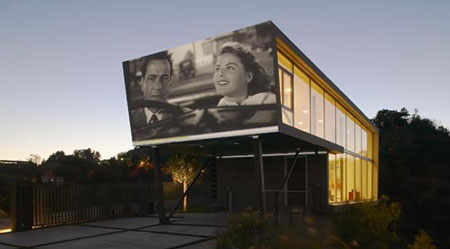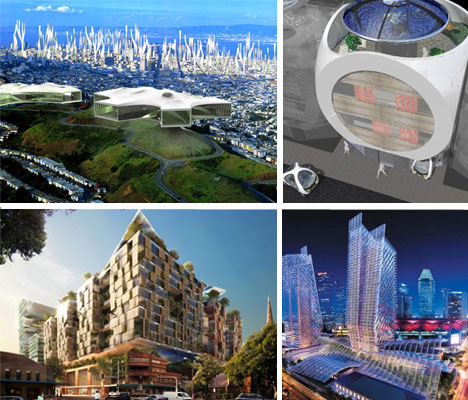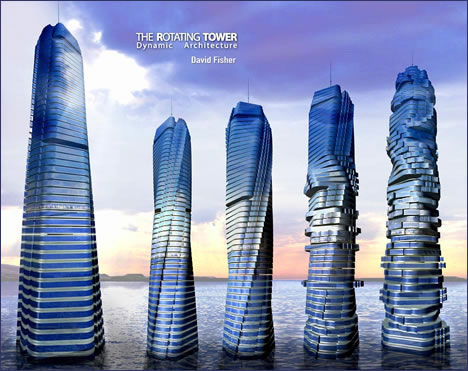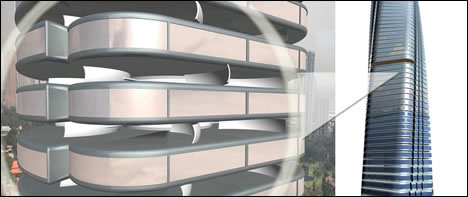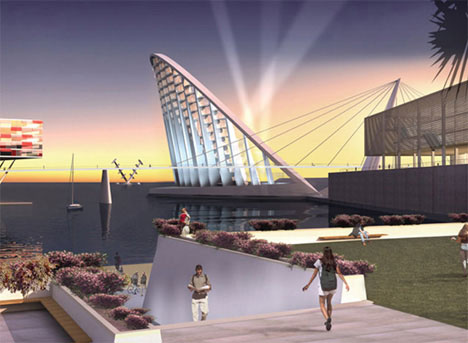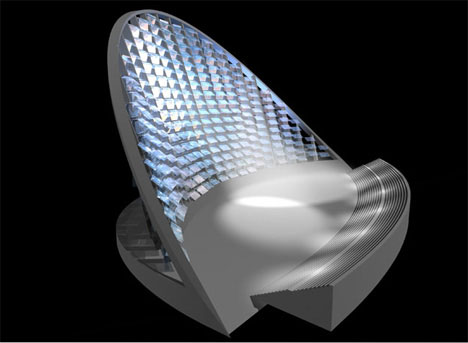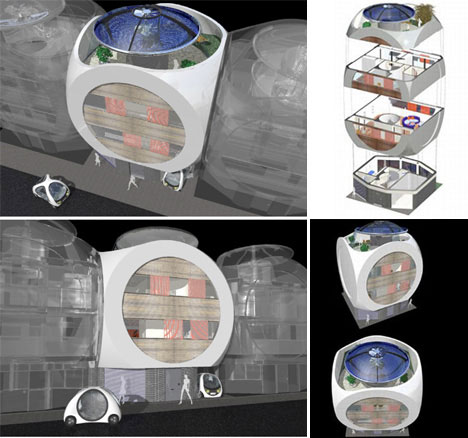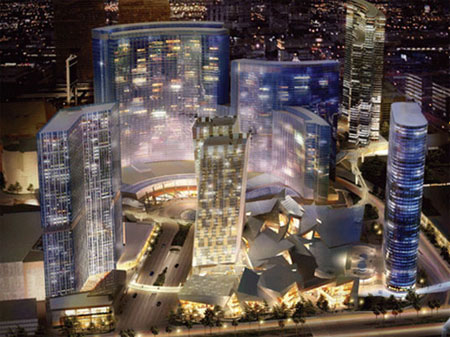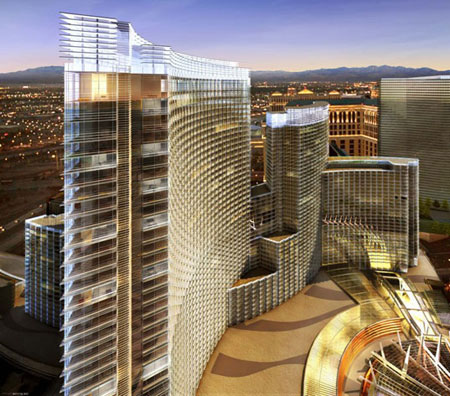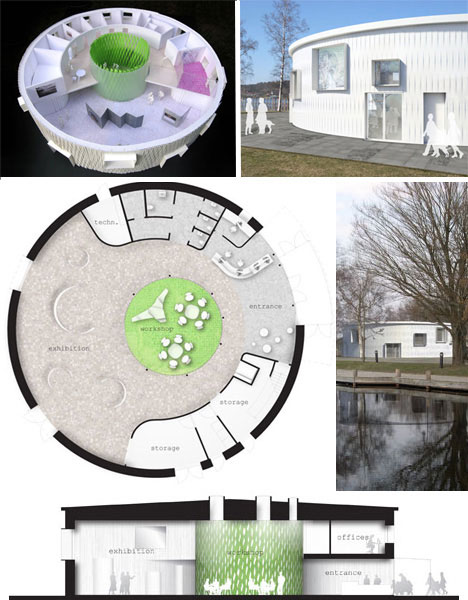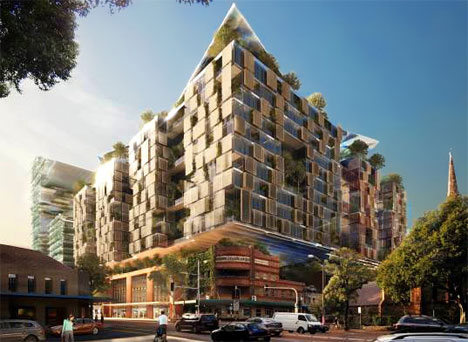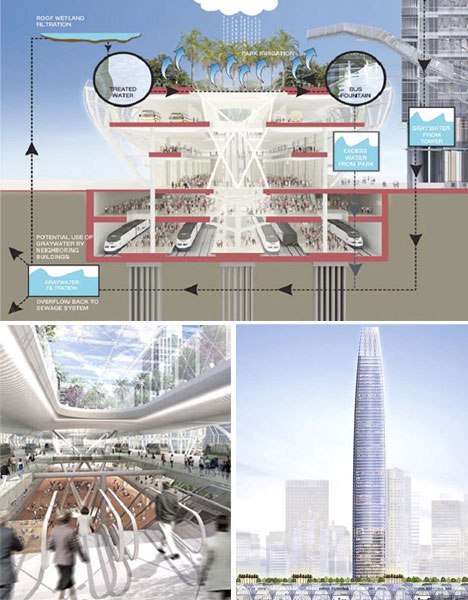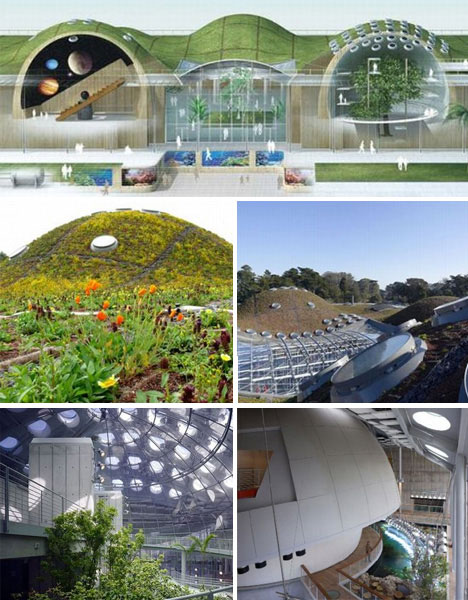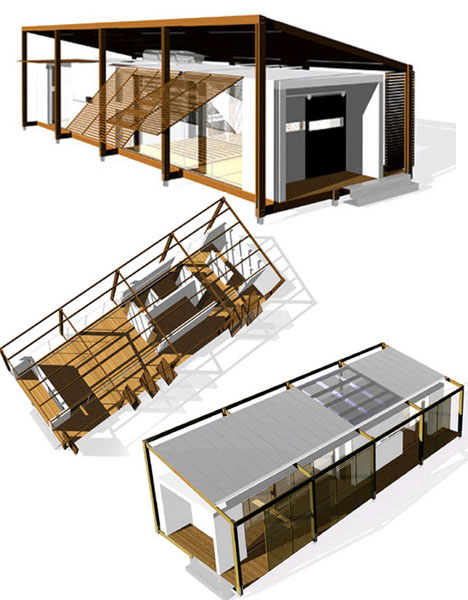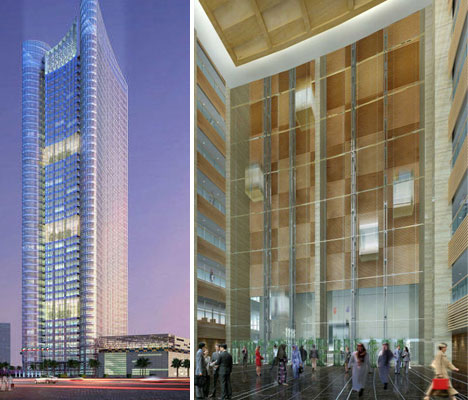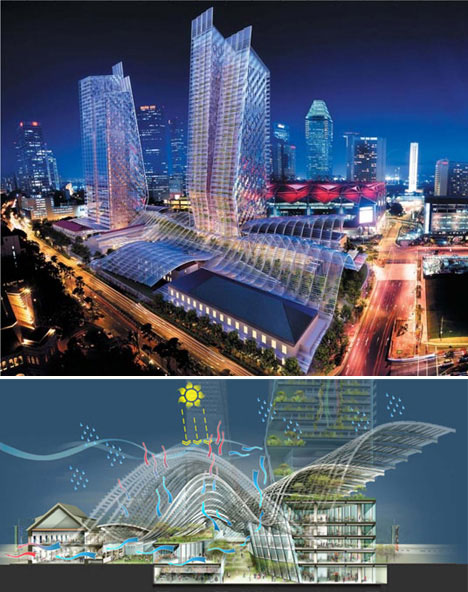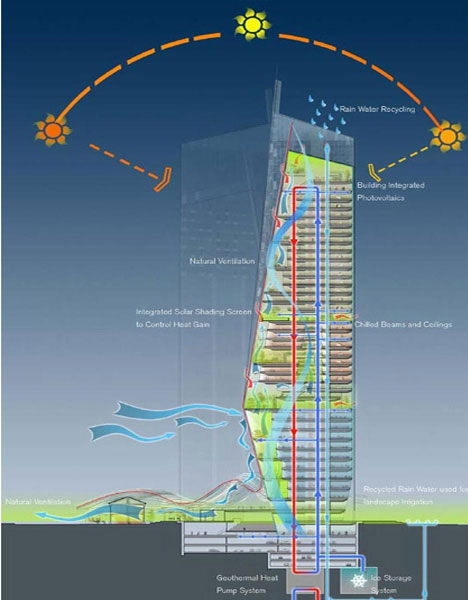Here is a quick overview of some Creative offices
Etsy Labs – Brooklyn, USA

Etsy, the craft equivalent of eBay has the motto ‘Live handmade’, so it’s no surprise that their offices are such a treat. The staff is made up of craftspeople and artists, who all get $100 of Etsy credit with which to decorate their workspace. The offices boast a space station conference room and an in-house kitchen where lunch is cooked for staff and announced with a dinner bell!
McLaren Technology Centre – Surrey, UK

The HQ for any Formula One racing car company needs to be pretty sleek – and McLaren Technology Centre does not disappoint. This office-come-factory has its own 475-foot-long wind tunnel (for testing Formula One cars, naturally) and an artificial lake for cooling purposes. This may all sound a bit functional but the lustrous architecture and clean crisp interior design help to make this look like the ultimate workplace of the future.
Bank of Moscow’s Offices – Moscow, Russia

Sleek modern offices full of Perspex and ping-pong are all well and good but we had to take a moment to reflect on the splendour of The Bank of Moscow’s Offices for a touch of historical opulence. The building is totally windowless so all light reaches employees via a stunning stained-glass ceiling. Staff are spread around the balconies surrounding the main client zone, making the most of the building’s tiered structure, which in past incarnations has been a gallery and even a boutique.
Uppercut Offices – Montreal, Canada

Uppercut, are one of the hottest young communications agencies in Montreal, so it’s important for their image to be bang up to date. Cue an eye-full of large-scale graphics and bright colours depicting everything from grassy meadows to vibrant cartoon characters. The other cool thing about this office? It can be found in the basement of a fully operational church!
Red Bull – London, UK

Red Bull’s HQ in London’s trendy Soho is the archetypal cool office. Highlights include slides to get from floor to floor, table-tennis tables in the meeting rooms and a rooftop terrace boasting Mary Poppins style views of London.
Ogilvy & Mather Guangzhou Office – Guangzhou, China

This sumptuous office was one of the recipients of China’s Most Successful Design Award in 2008 and it’s easy to see why. The brief for designers was to inspire creativity in the staff and they certainly went all out with their ‘Carnival of Ideas’ theme. Ferris wheel carriages, carousel horses and a hall of mirrors all transform this workplace into a kind of fantasy land.
Pixar – California, USA

Given the colourful, fun-loving characters Pixar create for film after film, it’ll come as no surprise that it’s a little zany at Pixar HQ. The main entrance hall is designed to look like a football field and instead of standard old cubicles, each animator has their own individually themed ‘mini-cottage’.
SKYPE – Stockholm, Sweden

This office was originally built in 1846 as a clothing factory but then operated as a brewery from 1857 until 1971. The München Brewery now reflects Skype’s playful ethos and design through striking, colourful ergonomic furniture and minimalist design that simply oozes contemporary Swedish style.
Vodafone Head Office – Portugal

Portugal serves as the location for Vodaphone’s most striking office. Architects José António Barbosa and Pedro Guimarães are responsible for this uber-modern structure, which thanks to its unconventional angles looks quite out of balance. Inside bright blocks of colour, Perspex furniture and jaggedly angled strips of light complete the futuristic feel.
Googleplex - California USA

What cool offices compilation would be complete without Google’s California HQ? Staff here can make the most of free, freshly cooked meals, a free doctor on site, a swimming spa and a volleyball court. The fact this place seems more like a holiday camp than a work place may help to explain the fact that the Googleplex receives around 1,300 CVs each day!


